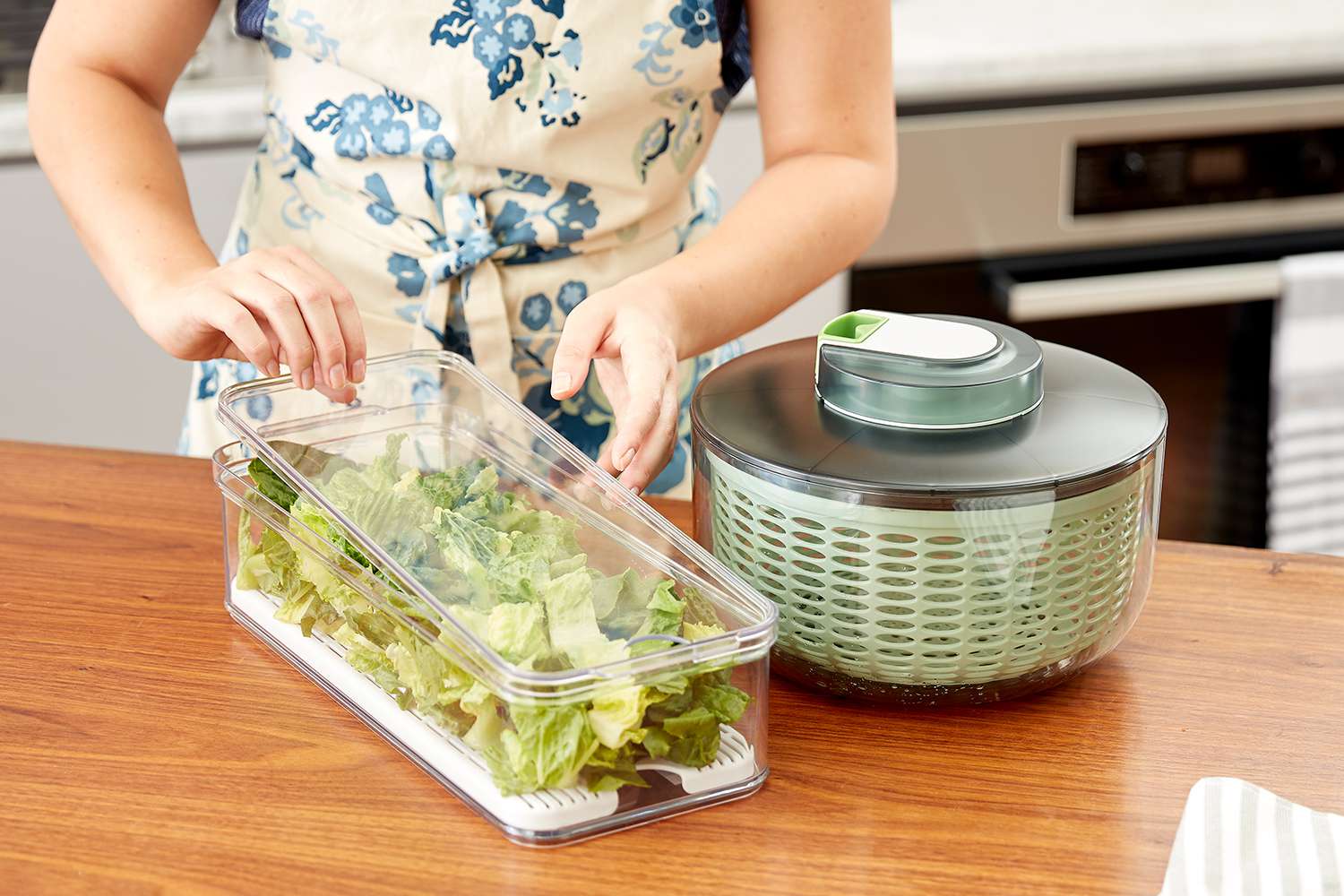

Articles
How To Store Boston Lettuce
Modified: February 19, 2024
Discover the best tips for storing Boston lettuce in this informative article. Learn how to keep your lettuce fresh and crisp for longer.
(Many of the links in this article redirect to a specific reviewed product. Your purchase of these products through affiliate links helps to generate commission for Storables.com, at no extra cost. Learn more)
Introduction
Boston Lettuce, also called Butterhead Lettuce, is a delicate and versatile leafy green that is popularly used in salads, sandwiches, and wraps. Its tender, buttery leaves and mild flavor make it a favorite among many lettuce lovers. However, like most fresh produce, Boston Lettuce needs to be stored properly to maintain its freshness and crispness for a longer period of time.
In this article, we will guide you through the process of storing Boston Lettuce effectively, ensuring that you can enjoy its nutritious goodness even days after you have brought it home from the grocery store or harvested it from your own garden.
Whether you have a surplus of Boston Lettuce or want to stock up for future use, the right storage methods will make all the difference in preserving its vibrant color, texture, and flavor. Proper storage not only prevents wilting and bruising but also helps to retain the essential vitamins and nutrients that are present in this leafy green.
So, let’s dive in and learn how to store Boston Lettuce using various methods that suit your needs and preferences. Whether you have a refrigerator, a root cellar, or even want to freeze it, we have you covered!
Key Takeaways:
- Keep Boston Lettuce Fresh: Choose high-quality lettuce, rinse, dry, and store in a breathable bag in the refrigerator. Avoid ethylene-producing foods and refresh as needed for crisp, flavorful salads and wraps.
- Extend Shelf Life: Utilize root storage for natural moisture, or freeze for longer preservation. Regularly check, maintain humidity, and handle with care to maximize freshness and flavor.
Read more: How To Store Lettuce
Choosing Fresh Boston Lettuce
When it comes to storing Boston Lettuce, it is crucial to start with fresh and high-quality produce. By selecting the best lettuce heads, you can ensure better longevity and taste. Here are some tips on how to choose fresh Boston Lettuce:
Appearance: Look for lettuce heads that have crisp, vibrant green leaves. Avoid any heads that appear wilted, limp, or have brown or yellow spots.
Texture: Gently feel the leaves to ensure they are firm and not overly soft or mushy. The lettuce should have a slightly crisp and crunchy texture.
Aroma: Though Boston Lettuce is known for its mild flavor, it should still have a fresh and pleasant aroma. Avoid lettuce heads that have a sour or off-putting smell.
Size: Choose lettuce heads that are medium-sized rather than excessively large. Smaller heads tend to be more tender and have a better flavor.
Source: Whenever possible, opt for locally sourced or organic Boston Lettuce. These varieties are often fresher and have fewer pesticides or chemicals used in their cultivation.
By carefully selecting fresh and high-quality Boston Lettuce, you lay the foundation for successful storage and prolonged freshness. Remember that the quality of the lettuce at the time of purchase greatly impacts how long it will remain fresh and crisp in your storage methods.
Preparing Boston Lettuce for Storage
Before storing your Boston Lettuce, it’s important to take a few preparatory steps to ensure optimal storage conditions. Here are some guidelines to follow when preparing Boston Lettuce for storage:
1. Rinse and Dry: Start by gently rinsing the lettuce heads under cool running water to remove any dirt, debris, or pesticides. Shake off excess water or use a salad spinner to dry the leaves thoroughly. Moisture can accelerate wilting and promote the growth of bacteria, so make sure the lettuce is completely dry before proceeding.
2. Trim the Ends: Inspect the lettuce heads and trim the bottom ends if they appear to be dry or damaged. Removing any discolored or wilted portions helps to maintain the overall freshness of the lettuce.
3. Separate the Leaves: If desired, separate the leaves from the core gently. This step is optional, but it can make it easier to access individual leaves when you’re ready to use them. However, it’s worth mentioning that keeping the leaves intact can help retain moisture and crispness better.
4. Pat Dry: Once you have rinsed and trimmed the lettuce, pat the leaves dry with a clean paper towel or use a salad spinner. Ensure that there is no excess moisture left on the leaves, as this can cause them to become soggy and spoil faster.
5. Store in Breathable Bags or Containers: Transfer the prepared lettuce to a breathable storage bag or container. Avoid using airtight bags or containers as they can trap moisture and promote spoilage. Instead, opt for perforated bags or place the lettuce in a reusable container lined with a paper towel to absorb any excess moisture.
6. Label and Date: If you have multiple batches of Boston Lettuce in your storage, labeling the bags or containers with the date of storage can be helpful to keep track of their freshness.
By following these preparations, you can ensure that your Boston Lettuce is ready for optimal storage, increasing its shelf life and maintaining its fresh, crisp texture for an extended period.
Method 1: Refrigerator Storage
Refrigerator storage is one of the most common and convenient methods for storing Boston Lettuce. Properly refrigerated lettuce can stay fresh for up to a week or even longer. Here’s how to store Boston Lettuce in the refrigerator:
1. Wrap in Paper Towels: Take the prepared lettuce and wrap it loosely but securely in paper towels. The paper towels help absorb excess moisture and prevent the leaves from becoming damp and wilted.
2. Place in a Plastic Bag: Transfer the wrapped lettuce to a plastic bag, leaving some room for air circulation. Seal the bag partially to allow some airflow but prevent excessive drying.
3. Adjust Refrigerator Temperature: Set your refrigerator temperature to around 36 to 40°F (2 to 4°C). This temperature range helps maintain the freshness and crispness of the lettuce without freezing it.
4. Store in the Crisper Drawer: If your refrigerator has a crisper drawer, that’s an ideal location to store Boston Lettuce. The crisper drawer provides a slightly higher humidity level and helps preserve the lettuce’s texture and flavor.
5. Avoid Ethylene-Producing Foods: Keep your Boston Lettuce away from ethylene-producing fruits and vegetables, such as apples, bananas, tomatoes, and avocados. Ethylene can accelerate the lettuce’s deterioration and cause it to wilt faster.
6. Check and Refresh: Periodically check the lettuce for any signs of wilting or spoilage. If you notice any damaged or wilted leaves, remove them promptly. You can also refresh the lettuce by placing it in a bowl of cold water for a few minutes before using.
By following these steps, you can maintain the freshness and quality of your Boston Lettuce in the refrigerator, allowing you to enjoy crisp and flavorful salads, sandwiches, and wraps whenever you desire.
Method 2: Root Storage
If you’re looking for an alternative storage method that doesn’t involve refrigeration, root storage can be a viable option for storing Boston Lettuce. This method utilizes the natural moisture in the roots to keep the leaves fresh and crisp. Here’s how to store Boston Lettuce using root storage:
1. Keep the Roots Intact: Instead of separating the leaves from the core, leave the lettuce heads intact with the roots attached. The roots help to retain moisture and keep the leaves hydrated.
2. Trim the Bottom of the Roots: Trim the bottom of the roots to remove any excess dirt or damaged portions. However, ensure that you leave a small portion of the roots intact as it helps to retain moisture.
3. Place in a Container: Fill a container or a glass with about an inch of water. Place the lettuce heads, roots down, into the container, ensuring that the roots are submerged in the water while the leaves remain above.
4. Cover with a Plastic Bag: Loosely cover the lettuce heads with a plastic bag, making sure there is enough space for air circulation. The plastic bag helps to maintain the humidity around the leaves, preventing them from drying out.
5. Store in a Cool Location: Find a cool spot in your home, away from direct sunlight and heat sources, to store the container. A pantry, basement, or root cellar with a temperature range of 40 to 50°F (4 to 10°C) is ideal for root storage.
6. Check and Refresh: Periodically check the water levels in the container and replenish as needed to ensure the roots stay submerged. Replace the water every few days to prevent it from becoming stagnant.
7. Remove Damaged Leaves: If any leaves start to wilt or show signs of spoilage, remove them promptly to prevent them from affecting the rest of the lettuce.
Boston Lettuce stored using the root storage method can last for a couple of weeks, providing you with a continuous supply of fresh, crisp lettuce leaves for your recipes.
To store Boston lettuce, wrap it in a damp paper towel and place it in a plastic bag in the refrigerator. This will help keep it crisp and fresh for longer.
Read more: How To Store Living Lettuce
Method 3: Freezing
Freezing is an excellent option if you have a surplus of Boston Lettuce and want to preserve it for a longer period. While frozen lettuce may not retain its crispness, it can still be used in cooked dishes like soups, stews, or sautés. Here’s how to freeze Boston Lettuce:
1. Blanching: Start by blanching the lettuce to help preserve its color, texture, and flavor. Bring a pot of water to a boil and carefully place the lettuce leaves in the boiling water for about two minutes.
2. Ice Water Bath: Once the blanching time is complete, transfer the lettuce leaves to a bowl of ice-cold water. This helps to halt the cooking process and preserve the vibrant green color.
3. Drain and Dry: After the lettuce has cooled down in the ice water bath, remove it and allow it to drain thoroughly. Pat the leaves dry with a clean towel or use a salad spinner to remove excess moisture.
4. Portion and Package: Divide the blanched and dried lettuce into portion sizes that suit your needs. You can either wrap individual portions in plastic wrap or place them in airtight freezer bags or containers. Make sure to remove as much air as possible from the packaging to prevent freezer burn.
5. Label and Date: Label the packages with the date of freezing to keep track of their freshness. Frozen Boston Lettuce is best used within three to six months.
6. Freezer Placement: Place the packaged lettuce in the freezer, making sure they are flat and arranged in a single layer. This allows them to freeze quickly and uniformly.
7. Thawing and Usage: When you’re ready to use the frozen lettuce, thaw it in the refrigerator overnight. The thawed lettuce will be soft and less crisp, making it suitable for cooked dishes rather than using it fresh.
While frozen Boston Lettuce may not be ideal for salads or sandwiches, it can still be a great addition to your culinary endeavors, adding a burst of fresh flavor to your cooked recipes.
Caring for Stored Boston Lettuce
Proper care is essential to maintain the quality and freshness of stored Boston Lettuce. Follow these tips to ensure your lettuce stays crisp and flavorful throughout its storage period:
1. Check Regularly: Take a moment to inspect your stored lettuce regularly. Look for any signs of wilting, discoloration, or spoilage. If you notice any damaged or wilted leaves, remove them immediately to prevent them from affecting the rest of the lettuce.
2. Maintain Optimal Humidity: If you are storing the lettuce in a container with a lid, make sure to open it occasionally to allow fresh air circulation. This helps to regulate humidity and prevent excess moisture buildup, which can lead to spoilage.
3. Avoid Compacting: Refrain from compressing or pressing down on the lettuce, as it can cause bruising and accelerate wilting. Handle the stored lettuce with care to maintain its delicate texture.
4. Minimize Temperature Fluctuations: Keep the storage conditions as consistent as possible. Fluctuations in temperature can cause the lettuce to deteriorate quickly. Avoid placing the lettuce near heat sources or frequently opening the storage container.
5. Rotate the Stock: If you have multiple batches of stored lettuce, remember to rotate their use. Consume the older lettuce first to prevent any of it from becoming overly wilted or spoiled.
6. Store in Small Batches: If you have a large quantity of Boston Lettuce, it’s better to store it in smaller batches rather than in one large container. This prevents excess moisture buildup and allows for better air circulation.
7. Avoid Prolonged Storage: While proper storage can extend the shelf life of Boston Lettuce, it’s best to consume it within a reasonable time frame for optimal freshness. The longer the lettuce is stored, the more it may lose its texture and flavor.
By following these care tips, you can ensure that your stored Boston Lettuce remains crisp, vibrant, and ready to be enjoyed in your favorite recipes.
Tips for Prolonging Freshness
To prolong the freshness of your Boston Lettuce and make the most out of its shelf life, consider implementing these tips:
1. Don’t Wash Until Ready to Use: Avoid washing the lettuce before storing it, as excess moisture can cause premature wilting. Instead, rinse and dry the leaves just before you are ready to prepare a meal.
2. Store in the Right Temperature: Keep your stored Boston Lettuce in an environment with an appropriate temperature. Refrigeration at around 36 to 40°F (2 to 4°C) is ideal for maintaining its freshness. Root storage in a cool spot around 40 to 50°F (4 to 10°C) is also effective.
3. Avoid Direct Sunlight: Exposure to direct sunlight can cause the lettuce to wilt and spoil faster. Place your storage container away from windows or any other areas where the lettuce might be exposed to excessive light.
4. Handle with Care: Be gentle when handling the lettuce to prevent bruising and damage to the leaves. Rough handling can accelerate wilting and spoilage.
5. Utilize Freshness Extenders: Consider using freshness extenders such as produce-saving storage bags or containers. These innovative products help to regulate moisture levels, prolonging the freshness of the lettuce.
6. Use Sealable Bags: If you wrap your lettuce in paper towels, place the wrapped lettuce in a sealable plastic bag to create a slightly humid environment that prevents drying out.
7. Properly Wrap Leftover Cut Leaves: If you have leftover cut lettuce leaves, wrap them tightly in plastic wrap before storing them in the refrigerator. This helps to maintain their crispness and prevent moisture loss.
8. Store Away from Ethylene-Producing Foods: Keep your stored lettuce away from ethylene-producing fruits and vegetables, as they can accelerate wilting. Store the lettuce separately or use a crisper drawer to minimize exposure to ethylene.
9. Compost Wilted Leaves: If you come across any wilted or spoiled leaves, it’s best to compost them. Removing damaged leaves promptly prevents them from affecting the remaining lettuce.
10. Consider Harvest-to-Table Approach: If you have a garden, consider harvesting Boston Lettuce as needed. The freshest lettuce is the one you harvest just before using it, ensuring maximum freshness and flavor.
By utilizing these tips, you can maximize the shelf life of your Boston Lettuce and enjoy the freshest and crispiest leaves possible for your culinary creations.
Conclusion
Now that you have learned various methods for storing Boston Lettuce, you can ensure that this delicate leafy green stays fresh, crisp, and flavorful for an extended period. Whether you choose refrigerator storage, root storage, or even freezing, each method has its own advantages and can accommodate different storage needs.
Choosing fresh Boston Lettuce and properly preparing it for storage are key steps in extending its shelf life. From rinsing and drying the lettuce to trimming the ends and separating the leaves, these initial steps set the foundation for maintaining its quality.
Refrigerator storage is a popular and convenient method that can keep Boston Lettuce fresh for up to a week or more. By wrapping the lettuce in paper towels and storing it in a breathable bag, you can maintain its crispness and prevent excess moisture.
Root storage, on the other hand, utilizes the natural moisture in the roots to keep the lettuce hydrated and fresh. By keeping the roots intact, placing them in water, and covering the lettuce heads, you create a humidity-controlled environment that prolongs its shelf life.
If you have an abundance of Boston Lettuce, freezing can be a great option. While the texture may change after freezing, frozen lettuce can still be used in cooked dishes, imparting its fresh flavor to soups, stews, and sautés.
Proper care and attention are crucial to maximize the freshness of stored Boston Lettuce. Regularly checking for signs of wilting or spoilage, maintaining optimal humidity levels, and handling the lettuce gently are key steps to preserve its quality.
Additionally, following tips for prolonging freshness, such as not washing the lettuce until ready to use, storing it at the correct temperature, and handling it with care, can greatly extend the shelf life of your Boston Lettuce.
By implementing these storage methods, caring for the lettuce, and utilizing the tips provided, you can enjoy the exceptional taste, texture, and nutritional benefits of Boston Lettuce even days or weeks after its initial purchase or harvest.
So, the next time you bring home a fresh bunch of Boston Lettuce, take the necessary steps to store it properly and savor its crispness and flavor in your favorite salads, sandwiches, wraps, and cooked dishes.
Frequently Asked Questions about How To Store Boston Lettuce
Was this page helpful?
At Storables.com, we guarantee accurate and reliable information. Our content, validated by Expert Board Contributors, is crafted following stringent Editorial Policies. We're committed to providing you with well-researched, expert-backed insights for all your informational needs.

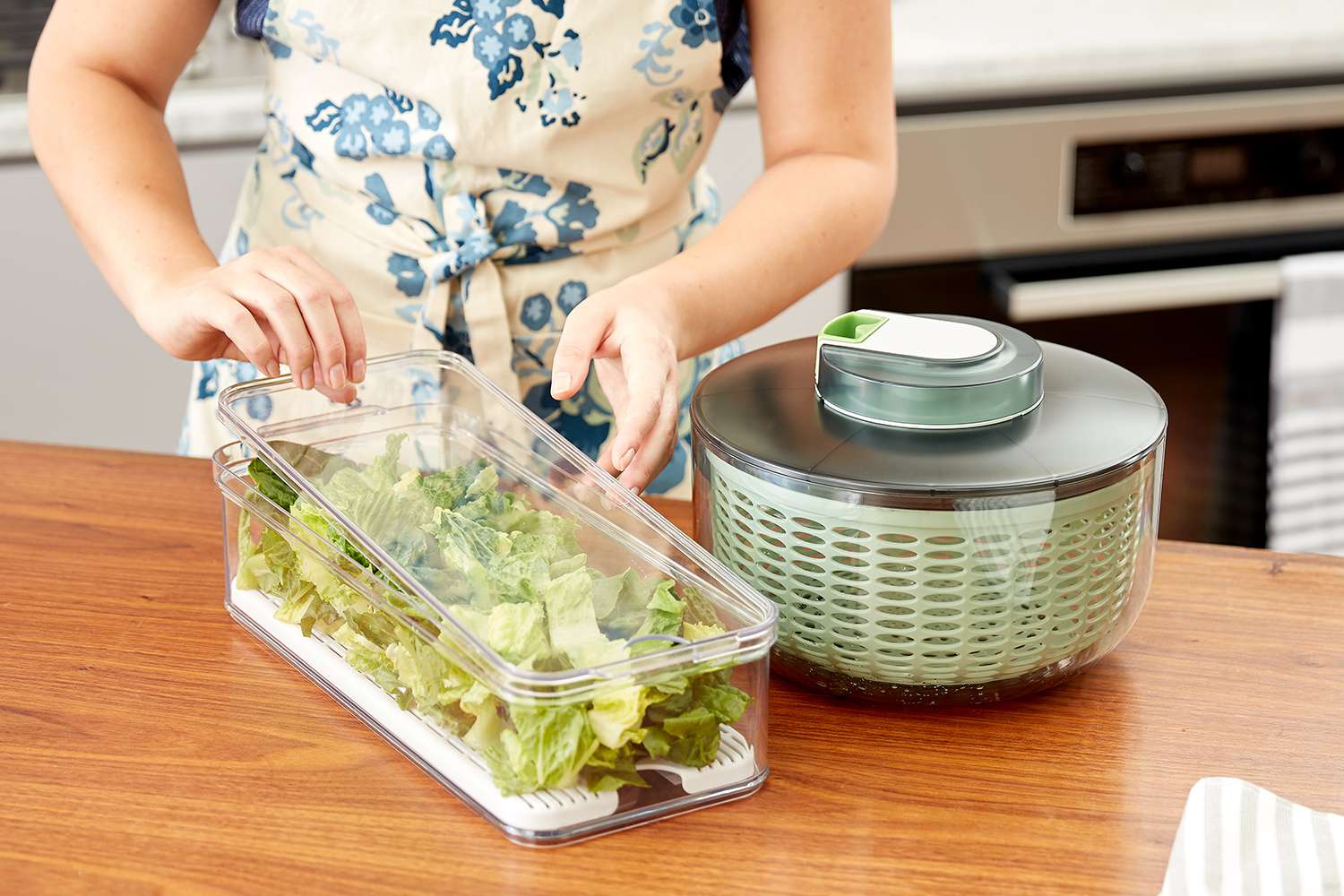
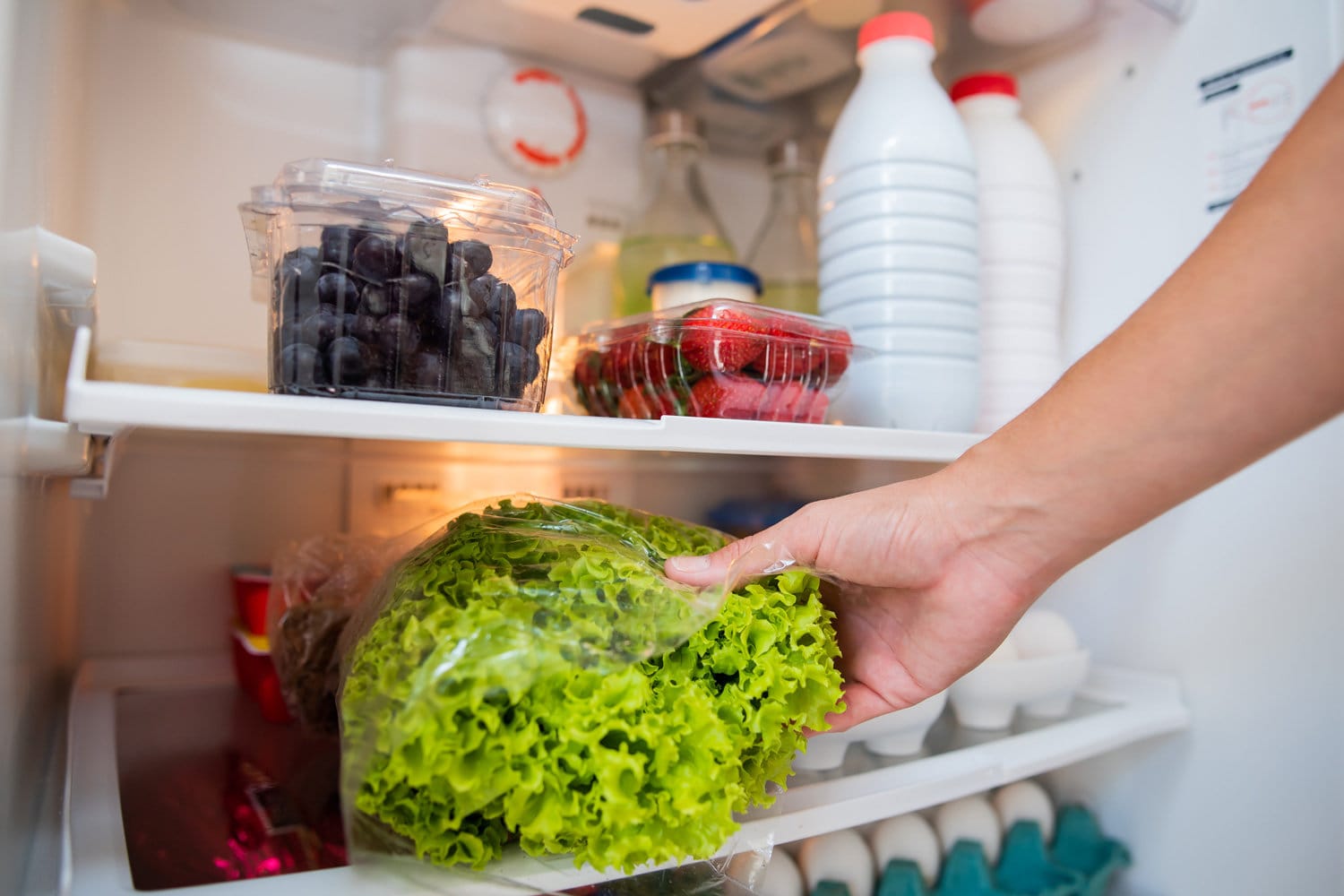

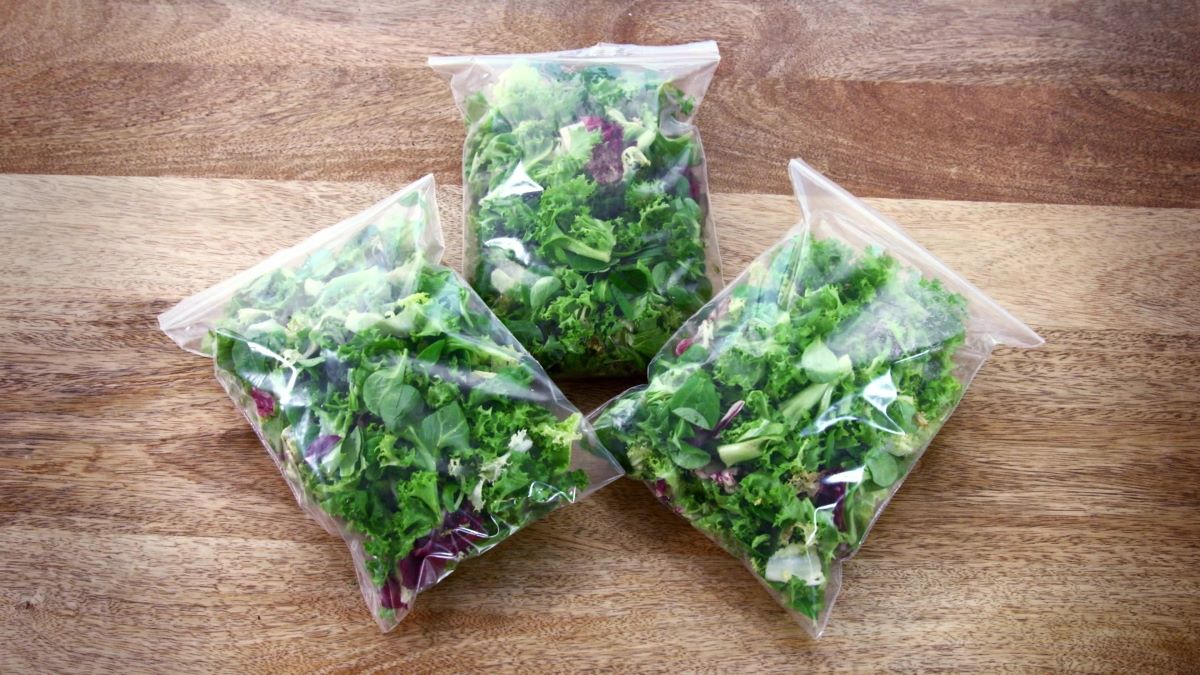
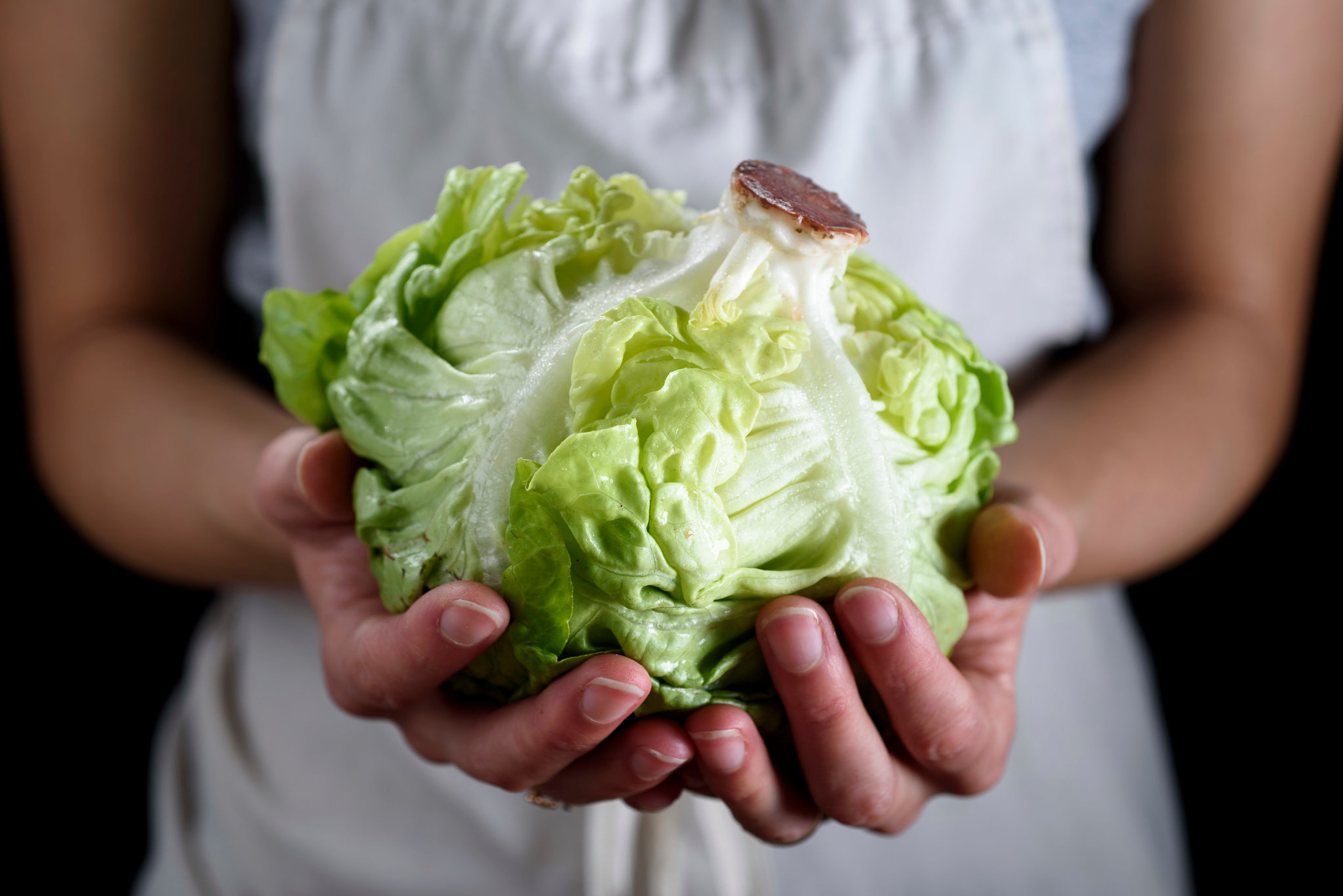
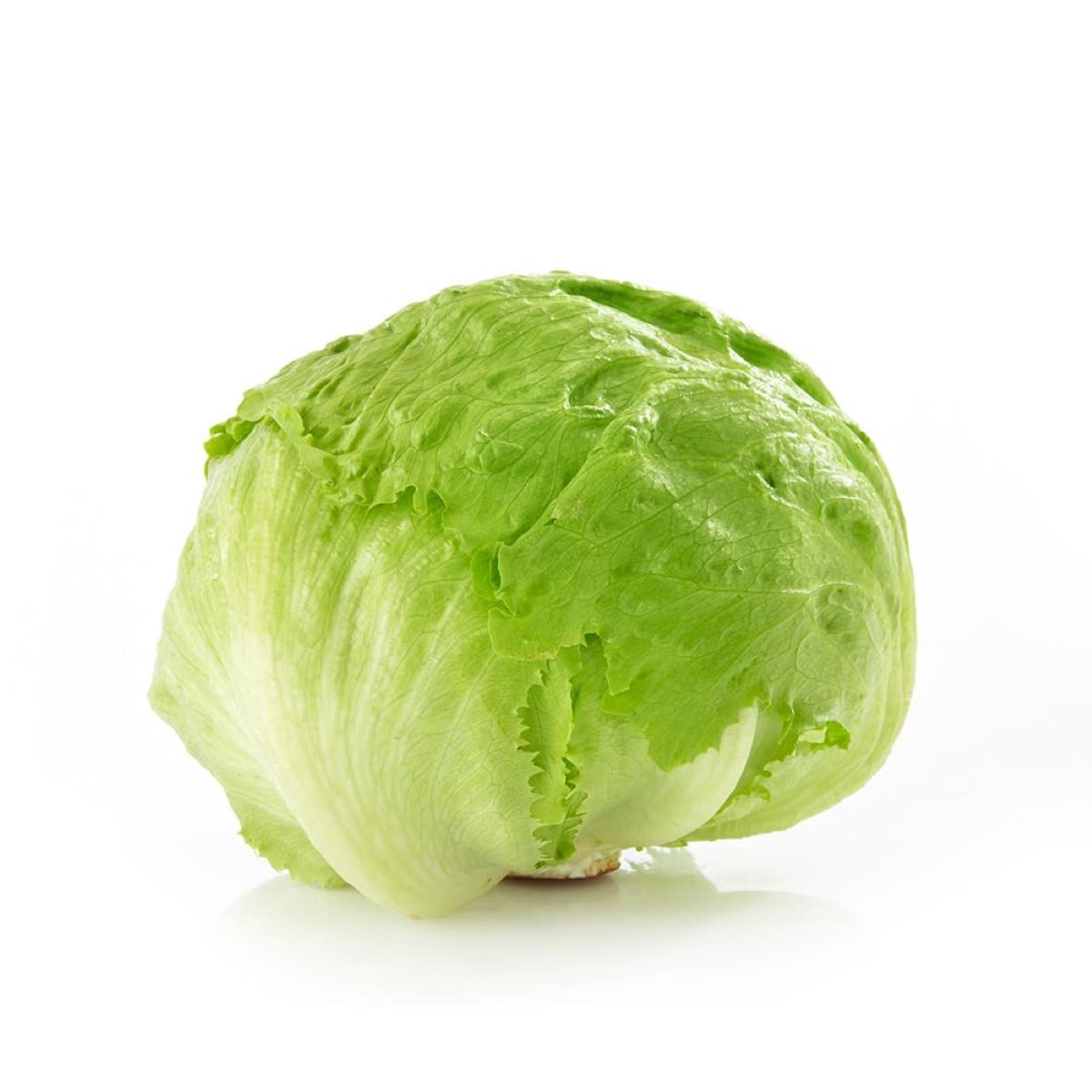
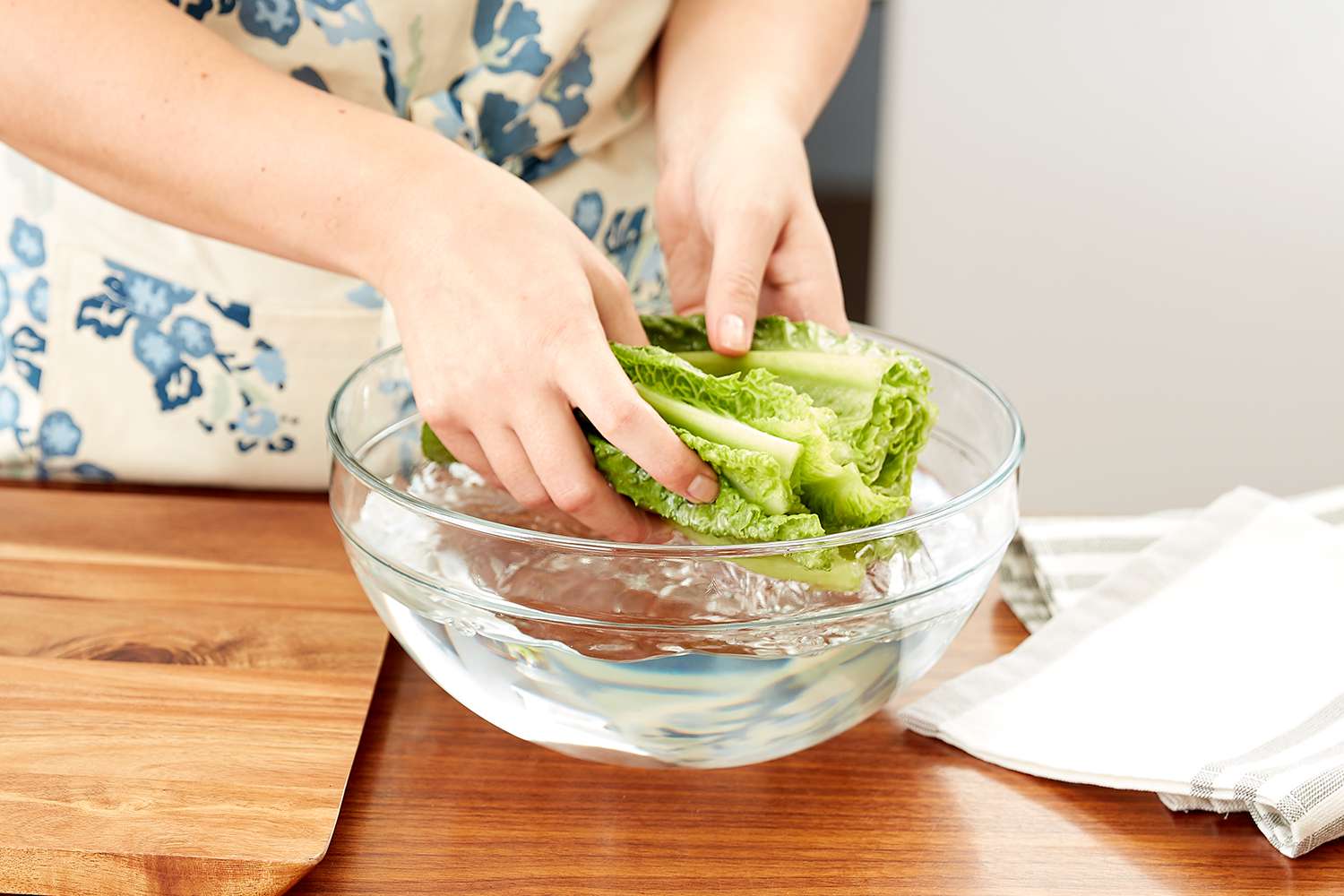

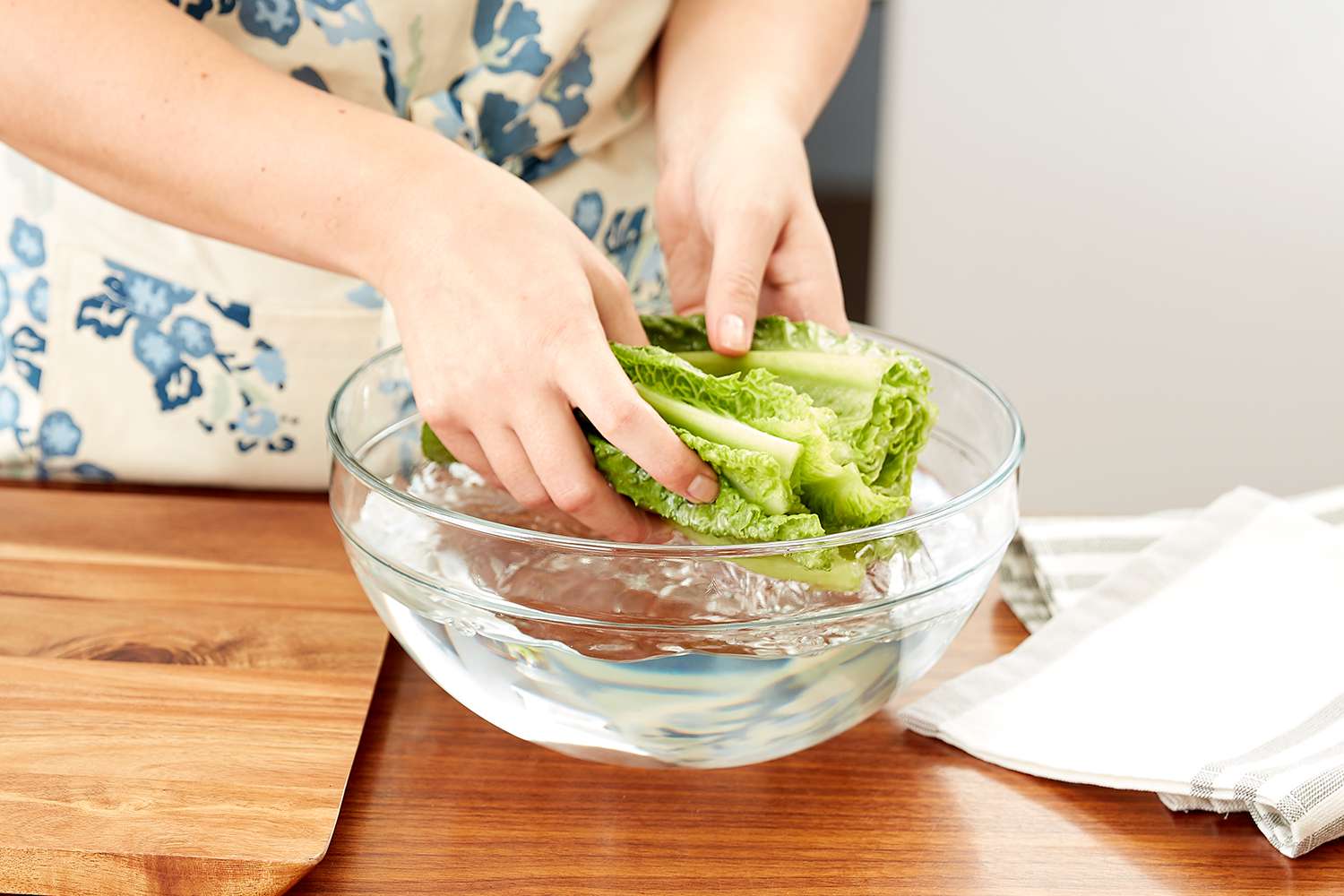

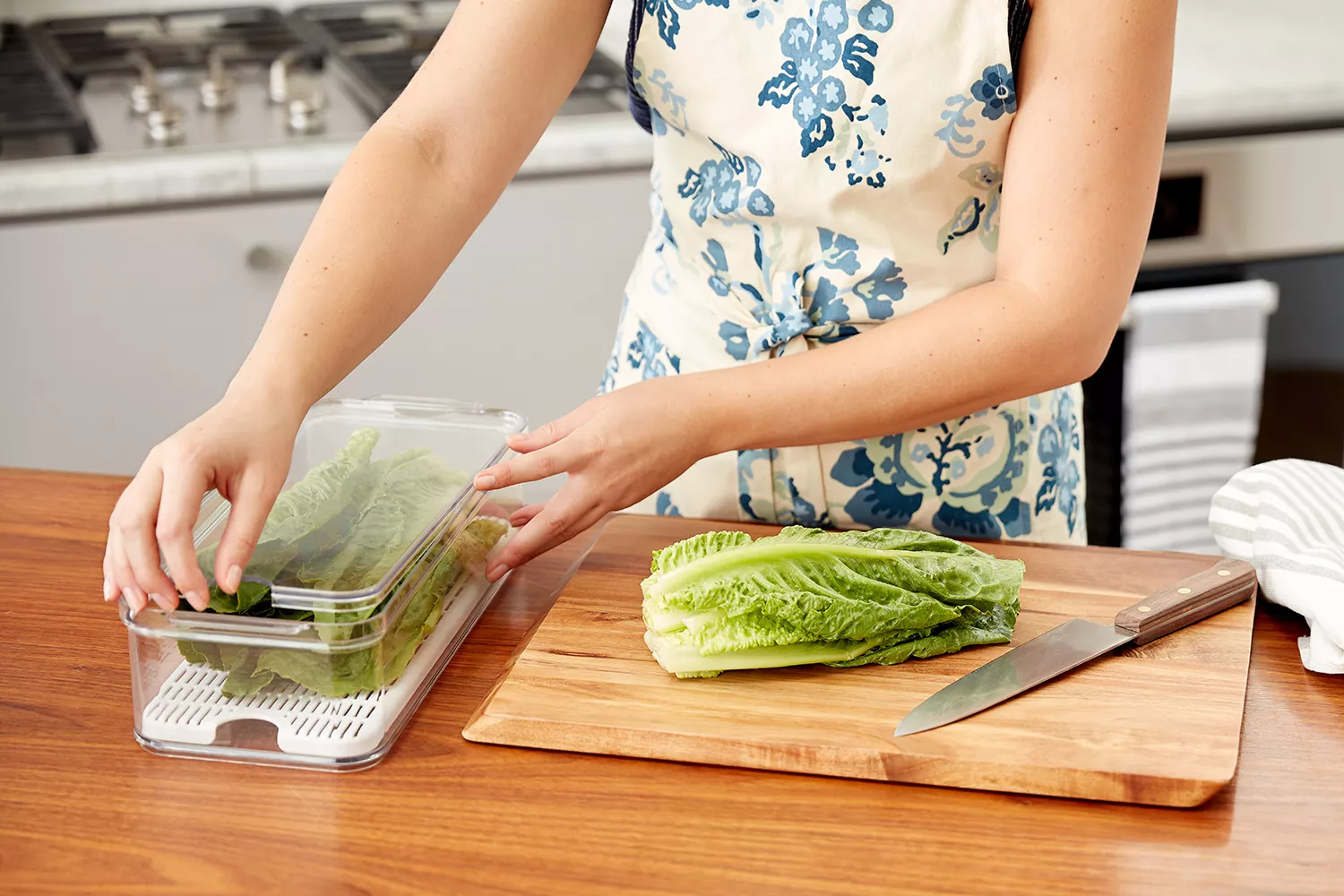
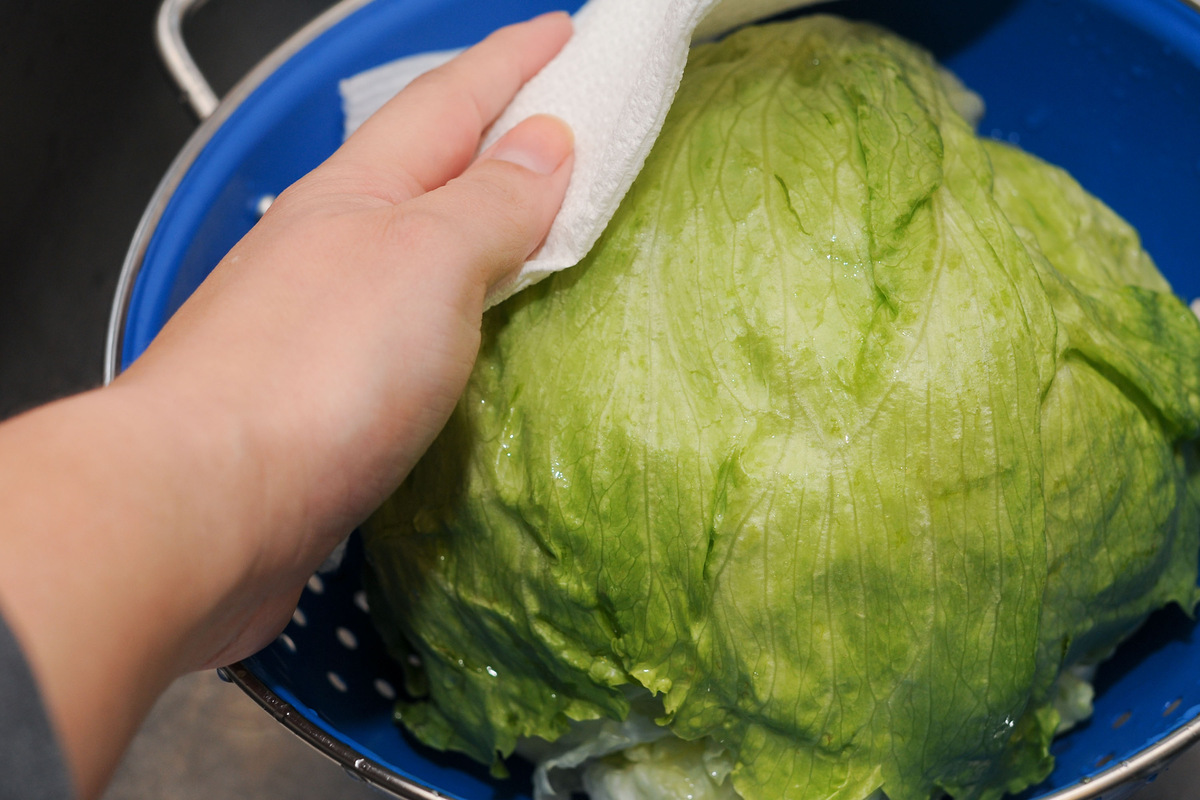
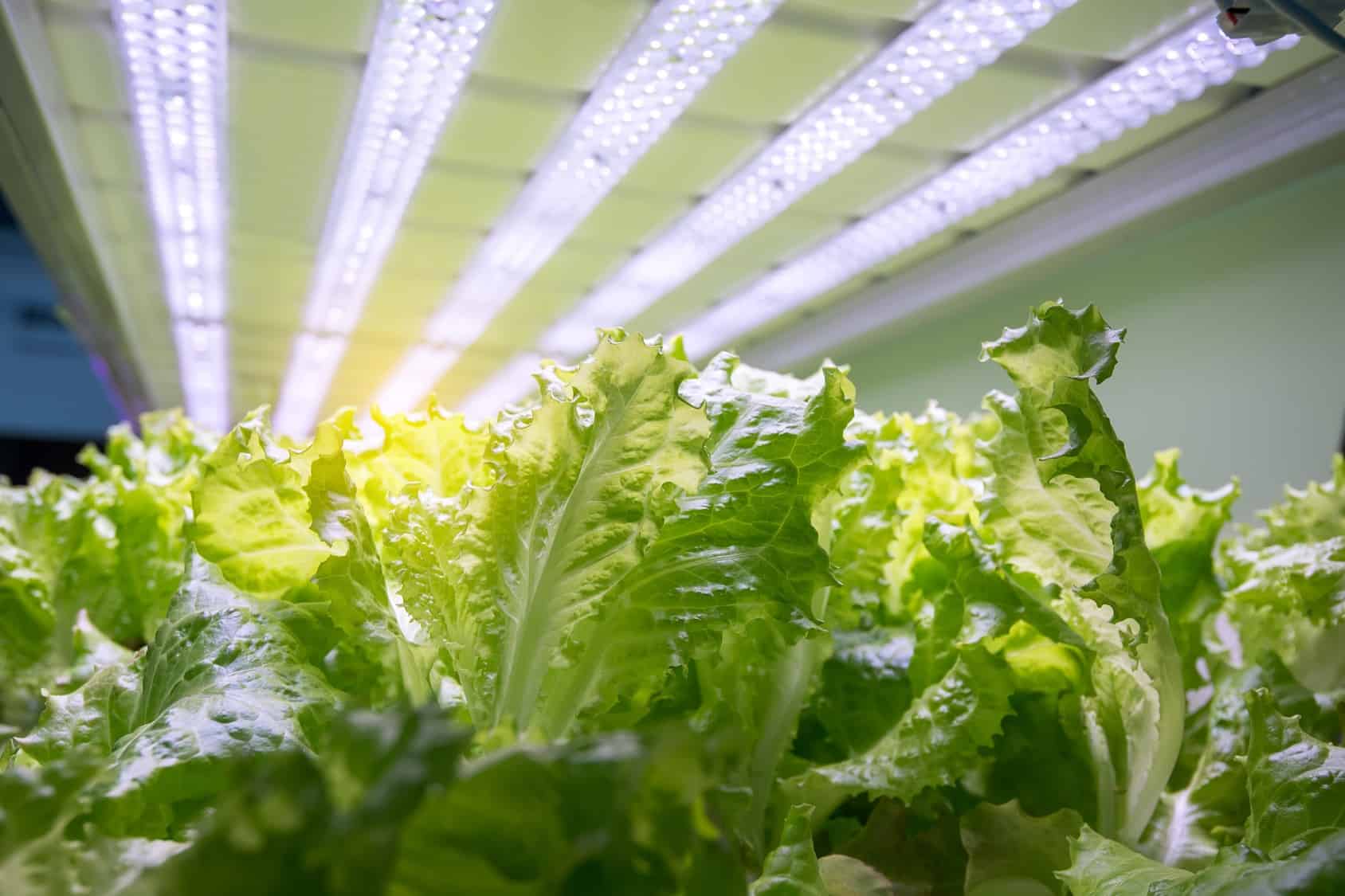

0 thoughts on “How To Store Boston Lettuce”